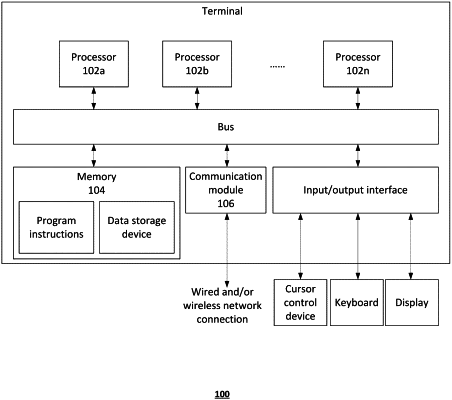| CPC G06T 7/0012 (2013.01) [A61B 5/004 (2013.01); A61B 5/7267 (2013.01); A61B 5/7275 (2013.01); A61B 5/7475 (2013.01); G06F 18/2148 (2023.01); G06F 18/2415 (2023.01); G06F 18/41 (2023.01); G06T 7/11 (2017.01); G06V 10/7788 (2022.01); G06T 2207/10081 (2013.01); G06T 2207/20081 (2013.01); G06T 2207/30096 (2013.01); G06V 2201/031 (2022.01)] | 20 Claims |

|
1. A method, comprising:
obtaining, by one or more processors, a target image;
determining a target image source;
selecting a target classification process based at least in part on the target image source, the target classification process comprising:
segmenting, by the one or more processors, a target region image from the target image, wherein:
the target region image is segmented from the target image based at least in part on a use of a segmentation model;
the segmentation model is trained using a machine learning process; and
the target region image comprises a target object region in the target image, the target object region being identified using the segmentation model;
analyzing, by the one or more processors, the target region image based at least in part on an organ lesion segmentation model to identify a lesion comprised in the target object region, wherein the organ lesion segmentation model is selected based at least in part on an organ comprised in the target object region, and the organ lesion segmentation model is a machine learning model; and
analyzing, by the one or more processors, the target region image based at least in part on a disease recognition model to determine whether a patient associated with the target image has a disease or other abnormality, and classify any disease or abnormality afflicting the patient; and
providing an image of the lesion and an indication of whether the patient has a particular disease or abnormality.
|